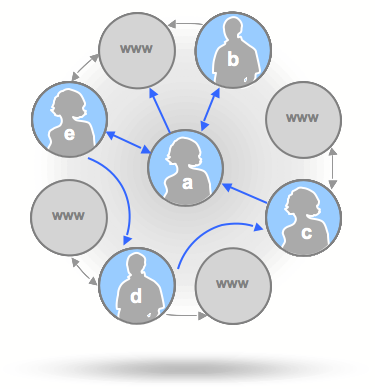Google's Social Graph API is neat, but is it useful?

I guess it's not up to Google if their new Social Graph API will fly -- it's success is completely dependent on whether FOAF(Friend Of A Friend) and XFN (XHTML Friends Network) become popular enough to make their API useful. These two types of data are basically simple ways for people to declare their relationships.

XFN is used by tagging normal links (usually public user profiles or blogs) with keywords like "me", "friend", or "contact". This helps crawlers, like Google, determine relationship between owners of webpages. The less popular FOAF, on the other hand, is more of a centrally managed file that users maintain and host somewhere. This file contains information about it's owner, and his/her relationships with other people.
Google has basically tasked itself with indexing these two types of information, then making it extremely easy for websites to consume. Once this catches on, it wouldn't be hard to imagine a website that recommends friends to new users as soon as they sign up -- much easier than searching for friends manually.
Many sites are already making use of XFN, but it's not ubiquitous enough to make Google's Social Graph API as useful as it could be. I have no doubt that as the years go on, especially now that Google has released this API, we will see things like XFN and FOAF becoming more popular.
Brad Fitzpatrick, one of the guys who worked on the API, has a pretty large social graph as you might expect -- you can see a list of his friends here. You might be concerned about Google publishing a list of all your friends without permission, but you can rest assured that they will only link publicly available information.